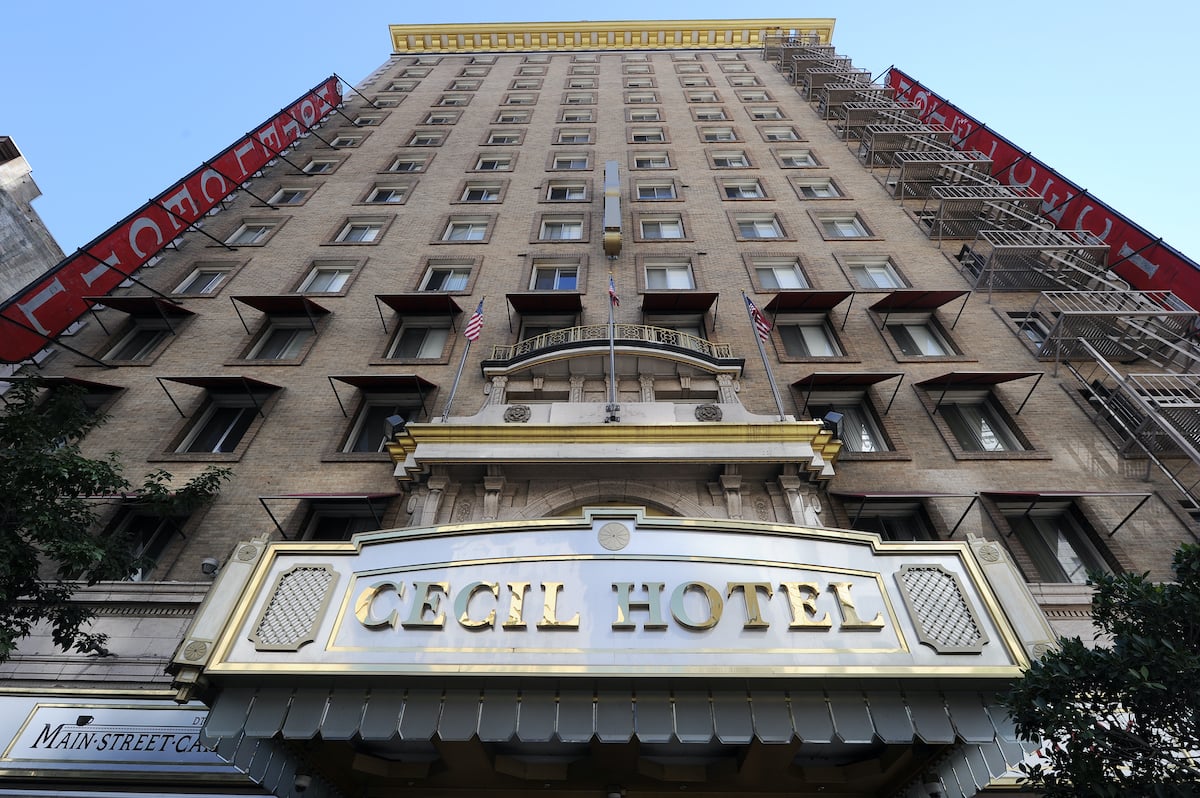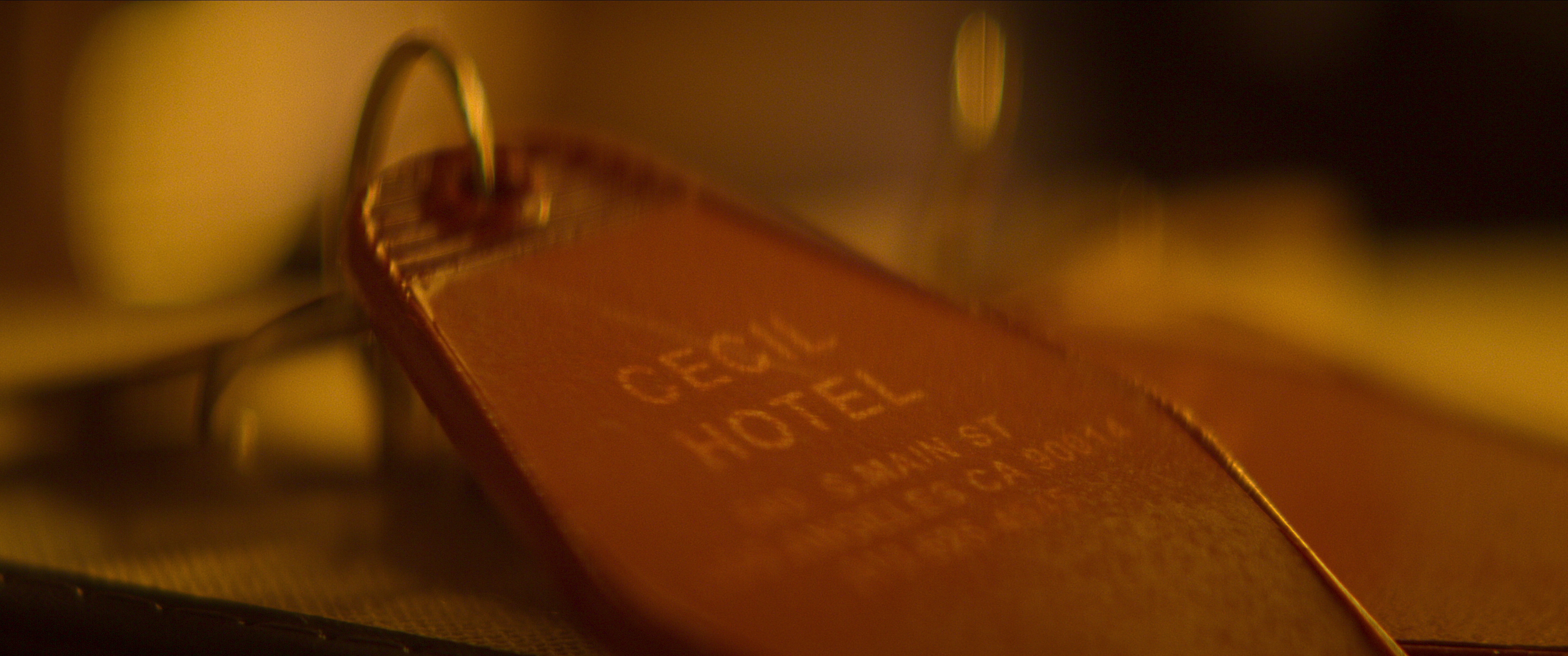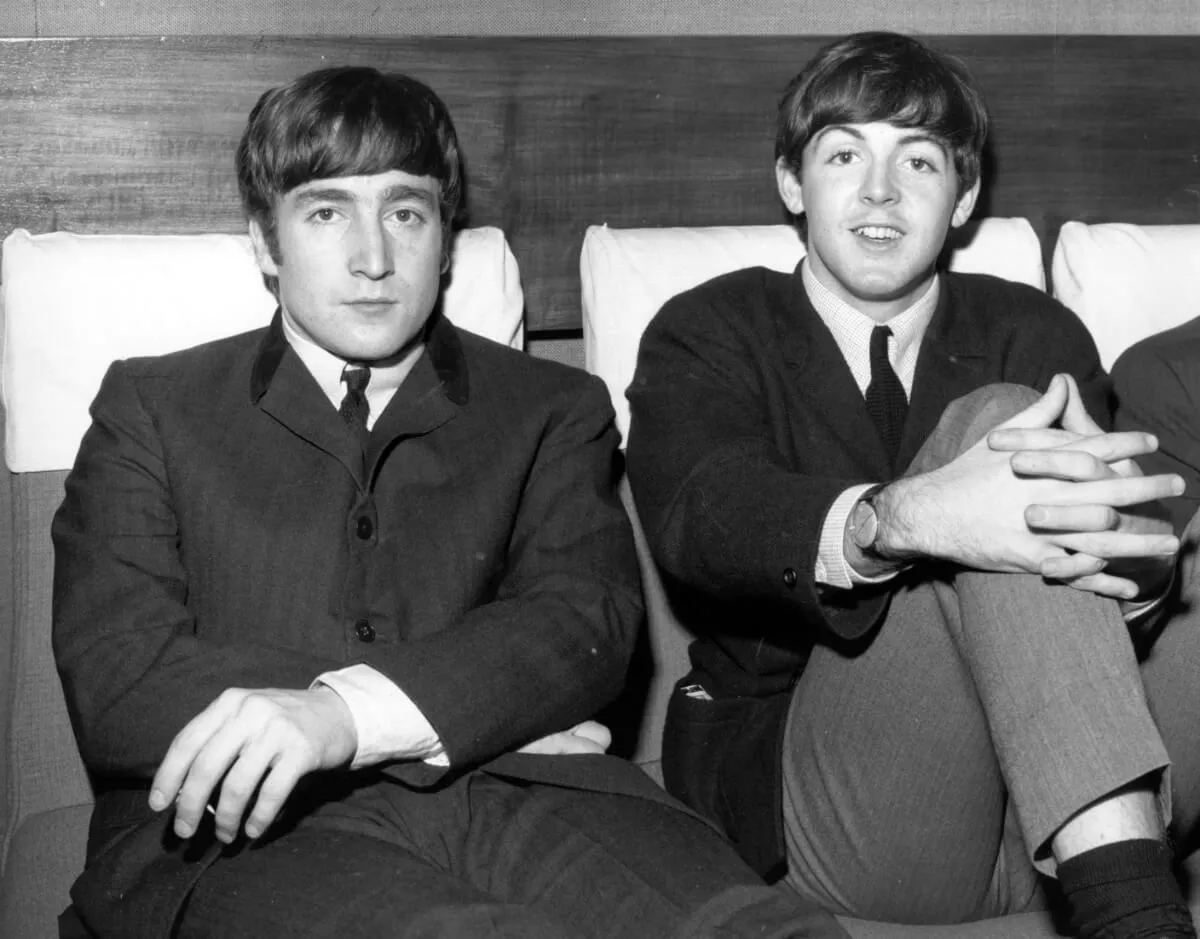‘Crime Scene: The Vanishing at the Cecil Hotel’: Is the Cecil Hotel Open?
Elisa Lam died at the Cecil Hotel in 2013. Thanks to Netflix‘s latest true crime show, many people want to learn more about Lam and the hotel where she was last seen alive. Even before Lam’s death, the Hotel Cecil’s history is peppered with despair. But if Lam was there in 2013, is the Cecil Hotel still open for business?

‘Crime Scene: The Vanishing at the Cecil Hotel’ is a true crime tv show on Netflix
The infamous Cecil Hotel is at the heart of Netflix’s latest docuseries. The true crime show dissects the disappearance and death of Elisa Lam, a 21-year-old Canadian tourist found in the hotel’s water tower in February of 2013. The four-part docuseries focuses on Lam’s death, but the Cecil Hotel’s sordid history, too. LA historians, the hotel staff, and police investigators help tell the infamous hotel’s story. Among those interviewed is former hotel manager Amy Price. She estimated some 80 deaths to have occurred in the 10 years that she worked at the Cecil. But the hotel’s history with death goes back much further than that.
The Hotel Cecil had humble beginnings as a place for business travelers and tourists
The Hotel Cecil was built by hoteliers William Banks Hanner, Charles L. Dix, and Robert H. Schops. The building opened in 1924 as a destination for tourists and business travelers. With it’s grand lobby and gold features, the Cecil Hotel was a comfortable and polished locale until the Great Depression hit.

The stock market crash, combined with the Cecil’s proximity to Los Angeles’ infamous Skid Row, quickly turned the hotel into a hotspot for crime and violence. Eventually, the Cecil became an affordable living option for the homeless and recently released prisoners.
The Cecil Hotel is one of the deadliest hotels in Los Angeles
Now, the 700-room Cecil is more commonly called “Hotel Death.” That’s largely due to the many suicides and homicides that occurred there. According to CNN, the most notorious serial killers to have ever stayed at the Cecil include “Nightstalker” Richard Ramirez and Jack Unterweger. In 1985, Ramirez was living on the Cecil’s top floor for $14 a night — a trend that became popular amongst LA’s criminals. Later, journalist and presumed murderer Unterweger moved into the Cecil in 1991 to honor the “Nightstalker.”
“We believe he was living at the Cecil in homage to Ramirez,” LA tour guide Richard Schave told the outlet. Unterweger allegedly killed three prostitutes during his time living at the Cecil. In addition to the Cecil Hotel’s homicides, there have been countless suicides there, too.
Helen Gurnee leaped from a seventh-floor window in October 1954, according to Cooper. Julia Moore jumped from her window on the eighth story in February of 1962. Pauline Otton also died by suicide at the Cecil Hotel. When she jumped out of her window, Otton killed passerby George Gianinni, who was walking on the street below her.
Is the Cecil Hotel where Elisa Lam died still open?
The Hotel Cecil has been bought and sold numerous times before and after Lam’s stay. In 2017, the hotel closed for renovations and redevelopments involving hotel rooms and residential units. As reported by Curbed Los Angeles, architect Marmol Radziner is at the helm of the project. The company plans to update to the hotel roof where Lam’s body was discovered. Other updates involve the removal of “non-historic storefronts along Main Street,” new entrance doors, and updated flooring.
The Cecil’s completed renovation will feature 299 hotel rooms and 264 affordable units operated by Skid Row Housing Trust. This order seeks to preserve inexpensive residential hotel units for the homeless. But as of the time of this publication, the Cecil Hotel remains closed for these renovations.
How to get help: In the U.S., call the National Suicide Prevention Lifeline at 1-800-273-8255. Or text HOME to 741-741 to speak with a trained crisis counselor at the free Crisis Text Line.


